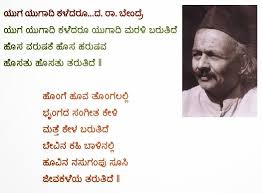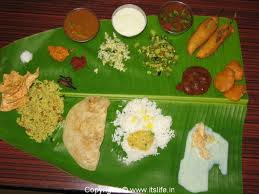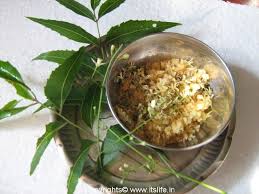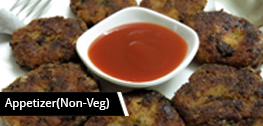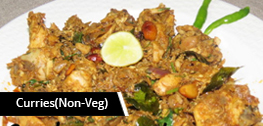Ugadi celebration

The term “Ugadi” has its origin in the Sanskrit word “Yugadi”, that means ‘starting of a new Yuga or period’.
This traditionaThe term “Ugadi” has its origin in the Sanskrit word “Yugadi”, that means ‘starting of a new Yuga or period’.
This traditional festival is usually celebrated in the second half of March or in early April.
People from all over Karnataka celebrate this festival with much enthusiasm and gaiety.
The people of Karnataka consider Ugadi to be an auspicious time for commencing new ventures.
This is the time when New Year’s Day is also celebrated in the states of Tamil Nadu, Maharashtra,
Punjab, West Bengal and Assam.
While it is called Ugadi in A.P. and Karnataka, in Maharashtra it is known as Gudipadawa.
Preparations for the festival start a week in advance. Houses are thoroughly cleaned and washed.
People buy new clothes for themselves and their family members to enjoy the spirit of Ugadi.
They also purchase several other things needed for the festival.
On Ugadi day, people wake up before the break of dawn and take a head bath.
Significance of Ugadi
Ugadi marks a change in the lunar orbit as well as the beginning of the new Hindu lunar calendar. It also heralds the advent of spring. Mother Nature awakes from her deep slumber to give birth to new plants and cover earth in a blanket of green.
As spring accompanies new life on earth, this festival of New Year accompanies a feeling of joy, growth and prosperity. The nine day long spring festival of Vasanta Navratri begins on this day and concludes on Ramnavami.
Ugadi marks the beginning of a new Hindu lunar calendar. It is a day when mantras are chanted and predictions made for the new year. The most important thing in the festival is Panchanga Shravanam – hearing of the Panchanga.
The Panchanga Shravanam is done at the temples by the priests. Before reading out the annual forecasts as predicted in the Panchanga, the officiating priest reminds the participants of the creator – Brahma, and the span of creation of the universe.
The reading of the Panchanga then involves reading of other Tidhis (wealth and prosperity) during the year and ends with h a forecast for various sectors of the social life and the strengths and effects of various constellations and their transitions.
Ugadi is celebrated by decorating the temples with fresh flowers and fresh mango leaves. Among the flowers mainly the sweet smelling jasmine is used for the decorations. Most people also decorate their homes and puja rooms with flowers and mango leaves. There is an interesting legend behind the practice of decorating with mango leaves.
The legend goes that Subramanya and Ganesha, the sons of Lord Shiva and Parvati loved eating mangoes. Kartik urged people to tie fresh leaves of mango tree to the doorway in order to indicate a good yields.
All the members of the family gather and pray together and seek blessings from the Almighty during Ugadi celebrations. Food, as is the normal trend in all festivals, occupies an important place in this festival too. Special dishes are prepared and enjoyed by the people to mark the festival.
Cuisine for Ugadi
The main item prepared during the festival of is Bevu Bella. It is actually a paste made from jaggery, neem buds, tamarind juice and raw mango. All the ingredients are ground together to make a fine paste. The significance of this item is that it denotes all the tastes of life.
The bitter, sweet and sour tastes each remind us the basic fact that life is a mixture of happy and sad events and we must remain ready to accept everything in life.
During Ugadi festival, all members of the family taste this paste and try to remain conscious of the fact that everything in life is temporary.
Apart from Bevu Bella, several other dishes are also prepared to celebrate the festival. Among the famous dishes cooked in Karnataka during this occasion are puliogure and holige (obbattu).
In Andhra Pradesh, eatables such as pulihora, bobbatlu and preparations made with raw mango go well with the occasion. In Karnataka too, similar preparations are made but called puliogure and holige.

